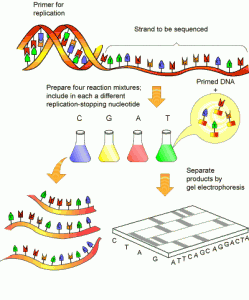The National Institutes of Health (NIH) has convened a key meeting at Emory on women’s cardiovascular health and research. The meeting, co-hosted by the Office of Research on Women’s Health and Emory School of Medicine, is focused today and tomorrow on NIH planning of the women’s health research agenda for the next decade.
Vivian Pinn, MD, associate director for research on women’s health, and director of the Office of Research on Women’s Health at NIH, opened the meeting with Emory’s conference chair, Nanette Wenger, MD, professor of medicine (cardiology), Emory School of Medicine, and chief of cardiology at Grady Memorial Hospital.
In a career that spans more than 50 years, Wenger’s dedication to reducing women’s disability and death from cardiovascular disease has made her one of the country’s most-respected experts on coronary heart disease in women. In 2009, Wenger received the Lifetime Achievement Award from the American College of Cardiology.
Although Wenger has earned dozens of awards in her celebrated career, she says her greatest professional achievement has been to help change a major paradigm in cardiology: the assumption that heart disease affects only men. A half a century ago heart disease was thought of as a “man’s disease.”
- American College of Cardiology
- cardiology
- cardiovascular disease
- Emory Magazine
- Emory School of Medicine
- General Health
- Grady Memorial Hospital
- Guidelines for Preventing Cardiovascular Disease in Women
- heart
- heart attack
- heart disease
- heart failure
- Nanette Wenger
- National Institutes of Health
- News
- Office of Research on Women's Health
- Research
- women's health











![queen_bee_04~s600x600[1]](http://www.emoryhealthsciblog.com/wp-content/uploads/2010/01/queen_bee_04s600x6001-150x150.jpg)